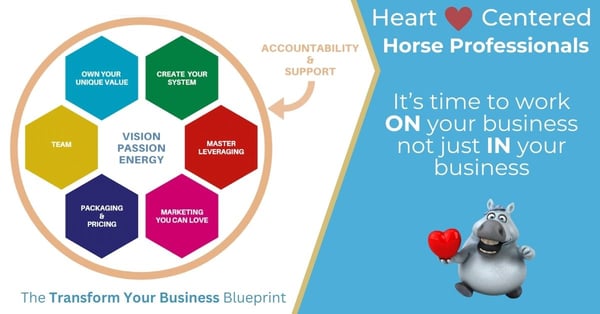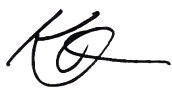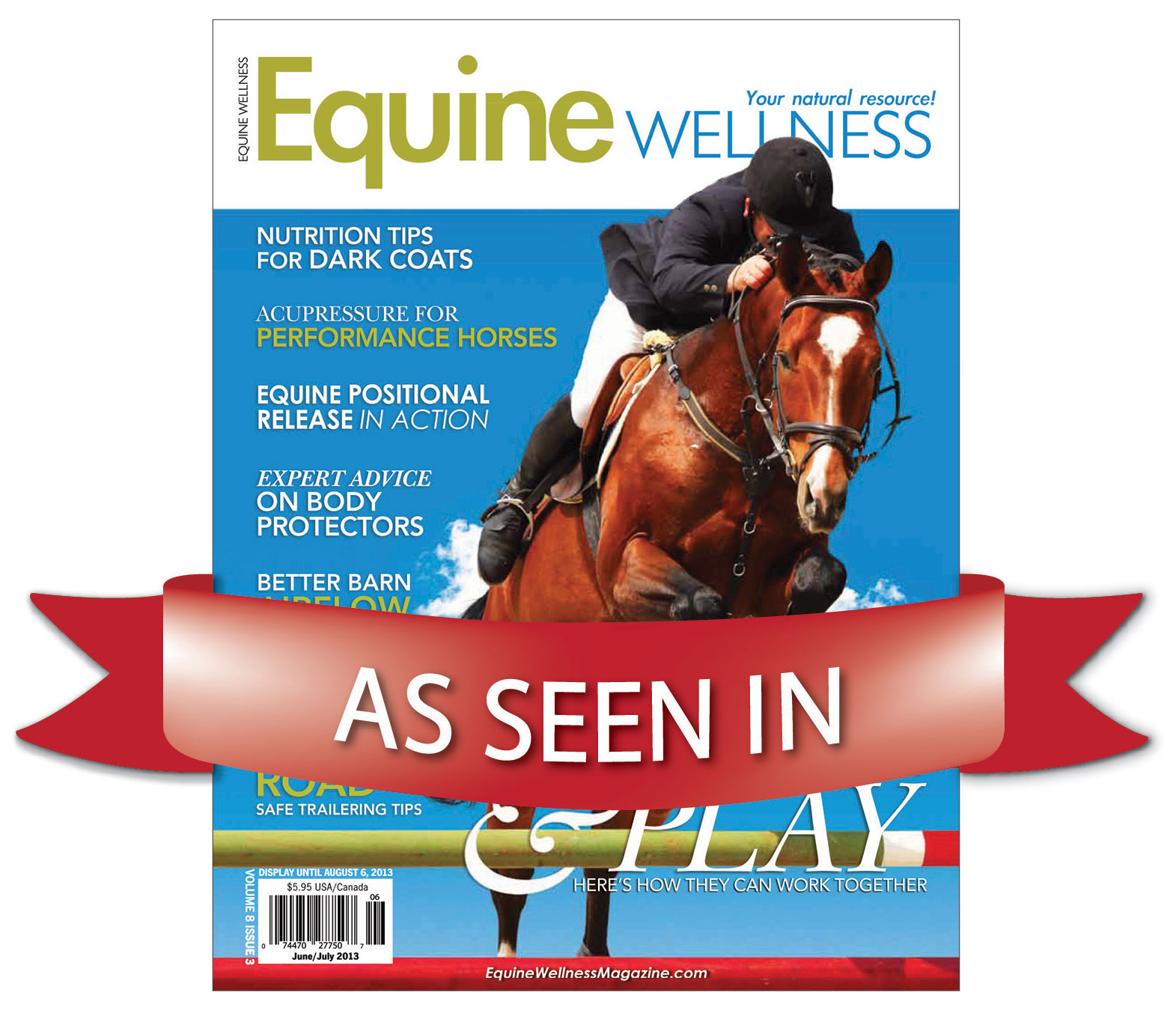
When it comes to caring for our horses we are often faced with conflicting information. This is especially true if you are someone who enjoys training and advancing in equine sport, and keeping your horses in a more natural way.
Horses have some fundamental needs that are true no matter what breed you have or discipline you do: They need ample opportunity to move, a forage based diet, socialization with other horses, and healthy bare feet.
When you realize that a horse-healthy lifestyle will decrease the occurrence of colic, ulcers, stress, tendon, ligament, and muscle injuries, and will often make the training go better, you will be motivated to manage your horse differently.
Traditional is not always best
The traditional business model for trainers is something that does not always support horses’ most basic needs. It’s time to take a fresh look at our industry standard in order to better serve the horse, and to reduce confusion that amateur horse owners often feel. Professionals need to be models not only of their sport-specific techniques, but of their dedication to the living creature that serves them so well.
Students wanting to know how to take care of a horse look to the leaders in the sport, but too often if you look there, what you see is a model for a training business, not a model for optimal horse care.
A typical professional training-based facility often looks like this: The horses are in stalls with solid walls and doors. There is minimal (if any) and individual turn out in small spaces. Having shoes is the norm, and are often required as soon as they are of riding age.
As someone who spent a couple of decades training and competing out of a facility like this, let me say: I get it. I understand the logic. If your business is individual lessons or training horses, you have to fit as many horses as possible on the property to make ends meet. Many horses come in and out for short times; there is no time for acclimation to a herd setting, and likely they have never been in a herd. The horses may be expensive; no one wants to see them get kicked by someone else’s horse, especially since they are all wearing shoes. The decisions are based on ‘protecting’ the horse. The tendency is to want to wrap them in ‘bubble wrap’.
These barns may have high quality grain, supplements, world class veterinarians, farriers, and cutting edge sports medicine. They may be very safe places in that they are well maintained, yet they may be lacking something horses really want: Ample opportunity to move, forage based diet, socialization with other horses, and healthy bare feet.
See training facilities like this for what they are: A necessary and hopefully temporary compromise. They should not be the model for ideal horse management. We need to keep track of the bigger picture of horses’ lives (see my blog : Keeping a Whole-Horse Perspective in Sport Specific Training).
When facilities like the above are the industry standard, situations like this can happen: A student purchases a beautiful young horse and a beautiful property with beautiful fields and a barn. They bring their horse home and put him in a stall where he sits all by himself all day. Just like what happens at their world class trainer’s barn.
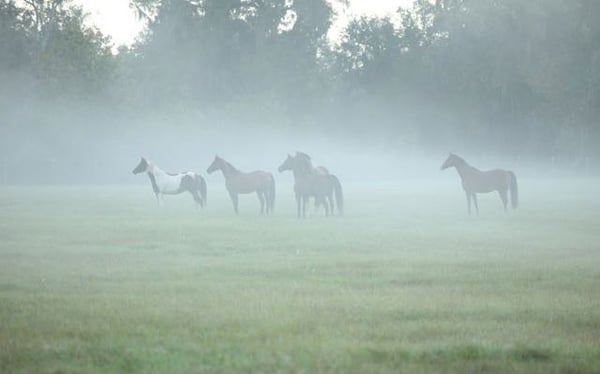
A perpetual cycle:
It can seem like horses need to be kept like this…
Horses that aren’t used to turn out can go a bit crazy when first released. It’s scary, so they get brought in, only to perpetuate the cycle. If the horse injures himself in turn out, the turn out itself blamed, rather than the fact that he had stood still for 23 hours (or 22 if he was ridden) before the turnout.
Some horses can appear to ‘desperately want to come in’ after only a short time of turn out. People will use that as evidence that the horse ‘prefers his stall’. In the majority of the cases, I see that as evidence of human-caused insecurity in the horse due to not spending enough time out.
Horses that have never had exposure to herd situations don’t have social skills and will seem they are ‘unable’ to go out with others’. This also needs to be seen as aberrant behavior, not normal behavior.
Many horse’s feet become unhealthy, weak, and under-run in shoes. If the shoes do come off they are sore, and that is seen as evidence of why they need shoes rather than evidence of the damage the shoes have done.
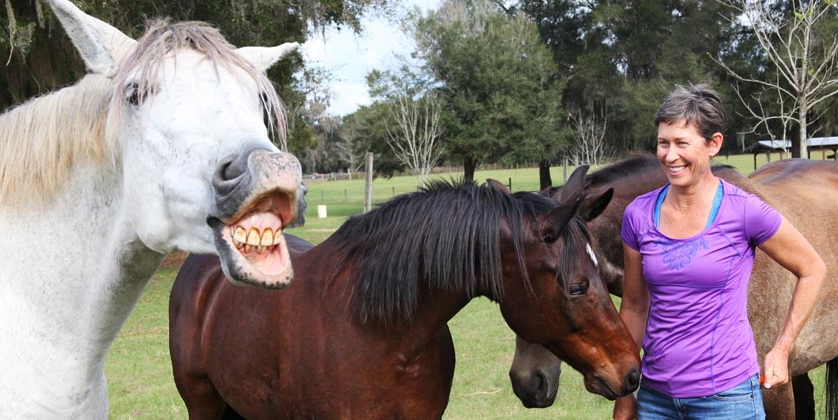
Let’s Look At Solutions
For owners:
Horse owners need to understand horses’ natural and basic needs: A safe, calm, comfortable environment that offers them the opportunity to move 24/7, socialization with other horses, variety, forage-based diet, and healthy barefoot trimming with shoes or boots added only as necessary.
Owners need to be confident, adamant, and proud of providing these things to horses, and not think that this lifestyle is only second best to a fancy stall in a fancy barn.
If you have horses that are kept at training facilities or boarding stables like I described here, just know there are always choices you can make. Perhaps this facility does not have to be their permanent year-round home. Perhaps there is some way you can acclimate your horse to turn out. Perhaps there is some way to allow your horse some variety, play, and socialization with other horses.
For professionals:
The average professional needs to understand horses’ natural and basic needs as described in this article and to see their management style for what it is: A necessary and temporary compromise due to their current business model.
Even if you can’t just suddenly throw all your clients’ horses out in a field together, just thinking of the horse’s whole life experience may inspire some changes.
If shoes were put on horses only for an absolutely necessary reason rather than at a certain age, they could stay in a herd situation instead of needing to be separated. The cost of having a good companion horse or two may end up being less than the cost of the vet bills stemming from the stress of horses kept in stalls. There may also be cost benefits to keeping horses in pastures rather than stalls.
You can also change the business model. You can move beyond the model that says you have to pack as many horses and students onto your property as possible. You can move away from a ‘work an hour to get paid for an hour’ business model and serve clients on a deeper level that leverages your time. With more time and space in your business, horses enjoy a healthier lifestyle, students become empowered, and you enjoy a healthier lifestyle too.
Get Started TODAY in the Transform Your Business ACTION & SUPPORT Group
Our responsibility to the horse:
Students look to professionals in their field to be models of what is best, so professionals have a huge responsibility. No, the horses don’t write the checks, but it is to them that we are ultimately responsible. We owe our horses that.
Keeping horses in our crazy human world is always a compromise. All we can do is our best. We want to protect them. We just have to be careful that our ‘bubble wrap’ doesn’t end up quietly suffocating them. The reality is that simply pulling the shoes and throwing him out in a herd could be disastrous. Most need good management in making the rehabilitation transition.
The horse industry needs to have this conversation. There are no simple or quick answers. Perhaps the best way is to start is by simply asking our horses: ‘How could I do a little better?’
For more solutions, read the next article on this subject: A Business Built For Horses.
Check out Karen's RESOURCES FOR PROFESSIONALS.


